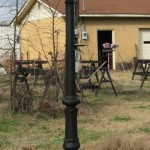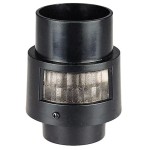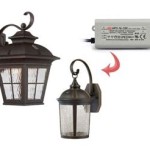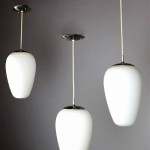Best Lighting for Outdoor Pictures: Essential Aspects
The best lighting can make or break an outdoor photo. By understanding the essential aspects of natural light, you can capture stunning images that will last a lifetime. From the golden hour to the soft, diffused light of overcast skies, each type of lighting offers unique opportunities for capturing beautiful outdoor photographs. ### Golden Hour and Blue Hour Golden hour is the period just after sunrise or before sunset when the sun is low in the sky, casting a warm, golden glow on the surroundings. This soft, flattering light is ideal for portraits, landscapes, and other scenes where you want to create a warm, inviting atmosphere. Blue hour is the period just after sunset or before sunrise when the sky is a deep blue. This cool, ethereal light can add a sense of mystery and drama to your photos. It's a great time to capture cityscapes, night scenes, and other scenes where you want to create a moody or atmospheric effect. ### Overcast Lighting On overcast days, the sky acts as a giant diffuser, softening the light and creating even illumination. This type of lighting is ideal for portraits, landscapes, and other scenes where you want to avoid harsh shadows or overexposed highlights. ### Side Lighting Side lighting is when the light source is to the side of the subject. This type of lighting can create dramatic shadows and highlights, which can add depth and texture to your photos. Side lighting is ideal for portraits, landscapes, and other scenes where you want to create a sense of drama or intrigue. ### Backlighting Backlighting is when the light source is behind the subject. This type of lighting can create a silhouette effect, or it can be used to create a halo around the subject. Backlighting is ideal for portraits, landscapes, and other scenes where you want to create a sense of mystery or drama. ### Reflectors and Diffusers In addition to natural light, you can also use reflectors and diffusers to improve the lighting in your outdoor photos. Reflectors can be used to bounce light back onto the subject, which can fill in shadows and create a more evenly lit scene. Diffusers can be used to soften the light, which can reduce harsh shadows and create a more flattering look. ### Conclusion By understanding the essential aspects of natural light, you can capture stunning outdoor photos that will last a lifetime. From the golden hour to the soft, diffused light of overcast skies, each type of lighting offers unique opportunities for capturing beautiful images. So, the next time you're heading outdoors with your camera, take the time to observe the lighting and choose the best settings for your scene.
28 Backyard Lighting Ideas How To Hang Outdoor String Lights

The 3 Best Smart Outdoor Lights For Backyards Of 2024 Reviews By Wirecutter

How To Find The Best Lighting For Outdoor Photos Pretty Presets Lightroom
The 7 Best Ways To Light Up Your Backyard Sansbury Electric

Photos Outdoor Lighting At Its Best

Choose The Best Color Temperature For Your Outdoor Lighting Knowledge Base Super Bright Leds

How To Choose The Best Outdoor String Lights

8 Best Outdoor Deck Lighting Ideas To Transform Your Home

Best Color Temperature For Outdoor Lighting Enhanced

The Best Outdoor Lighting For Your Home







